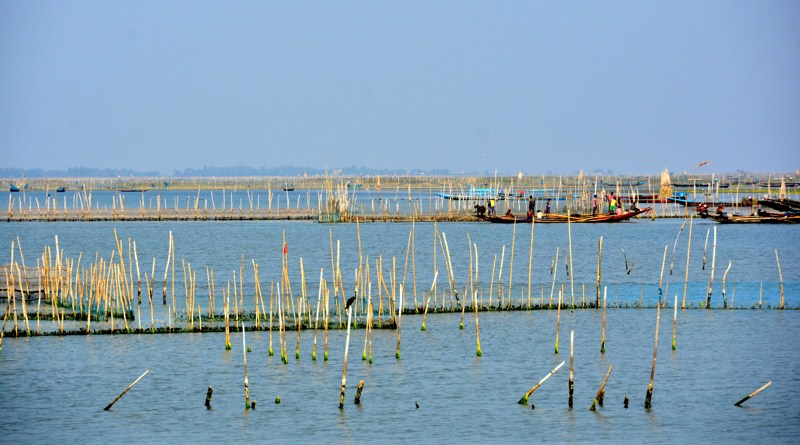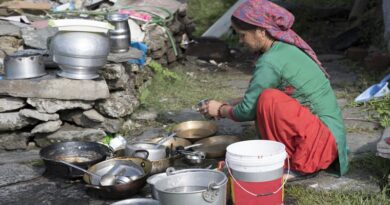New version of India Water Resources Information System launched

The Union Jal Shakti Ministry has launched an updated version of the India Water Resources Information System (India-WRIS) with new functionalities and features.
Open to the public, and accessible through the Web portal www.indiawris.gov.in, the online information system contains information related to water resources through dashboards for rainfall, water levels & discharge of rivers, water bodies, groundwater levels, reservoir storages, evapo-transpiration and soil moisture, as well as modules on water resources projects, water bodies, hydro-met data availability and tools for GIS layer editing, a Government statement said.
India WRIS is currently receiving data from many Central and state agencies like CWC, CGWB, IMD, NRSC, Andhra Pradesh, Uttar Pradesh and Gujarat on regular basis. Data from other agencies is also being integrated into the system to make it a comprehensive platform for any data-related to water and land resources.
The Ministry has set up a dedicated organization, National Water Informatics Centre (NWIC) to maintain and update India WRIS.
The official statement said the basis for all hydro-met observation data is the Water Information Management System (WIMS). Through a secured login, Central and state water agencies can enter, analyse, validate and manage data for water level – both surface water & groundwater), flow, water quality, sediment and many climate parameters. The system includes time series data obtained through manual readings as well as telemetry data received by means of GPRS or satellite.
Through the portal, any stakeholder can visualize the information in a user-friendly manner, as well download the information in the form of excel reports and graphs. The key features of the system ensure that water information is easily made available to users and general public, for decision makers, water managers, farmers & experts.
Various user groups can utilize the information based on their needs. Farmers and farmer welfare associations can plan crops and cropping pattern based on the rainfall, water availability in storages and groundwater aquifers and with changing times, the associations can involve youth for utilizing the data appropriately as real-time data is available on the portal.
Individuals can also use the data as per their requirement – to know availability of water in their locality, groundwater level, water level in nearby river and many such facts. Planners and administrators can utilize this data of their states, basins for proper utilization of water and to reduce the impact of flood and drought. Also, decision support systems (DSS) can be developed and researchers can utilize the data for water-related studies and modelling.



